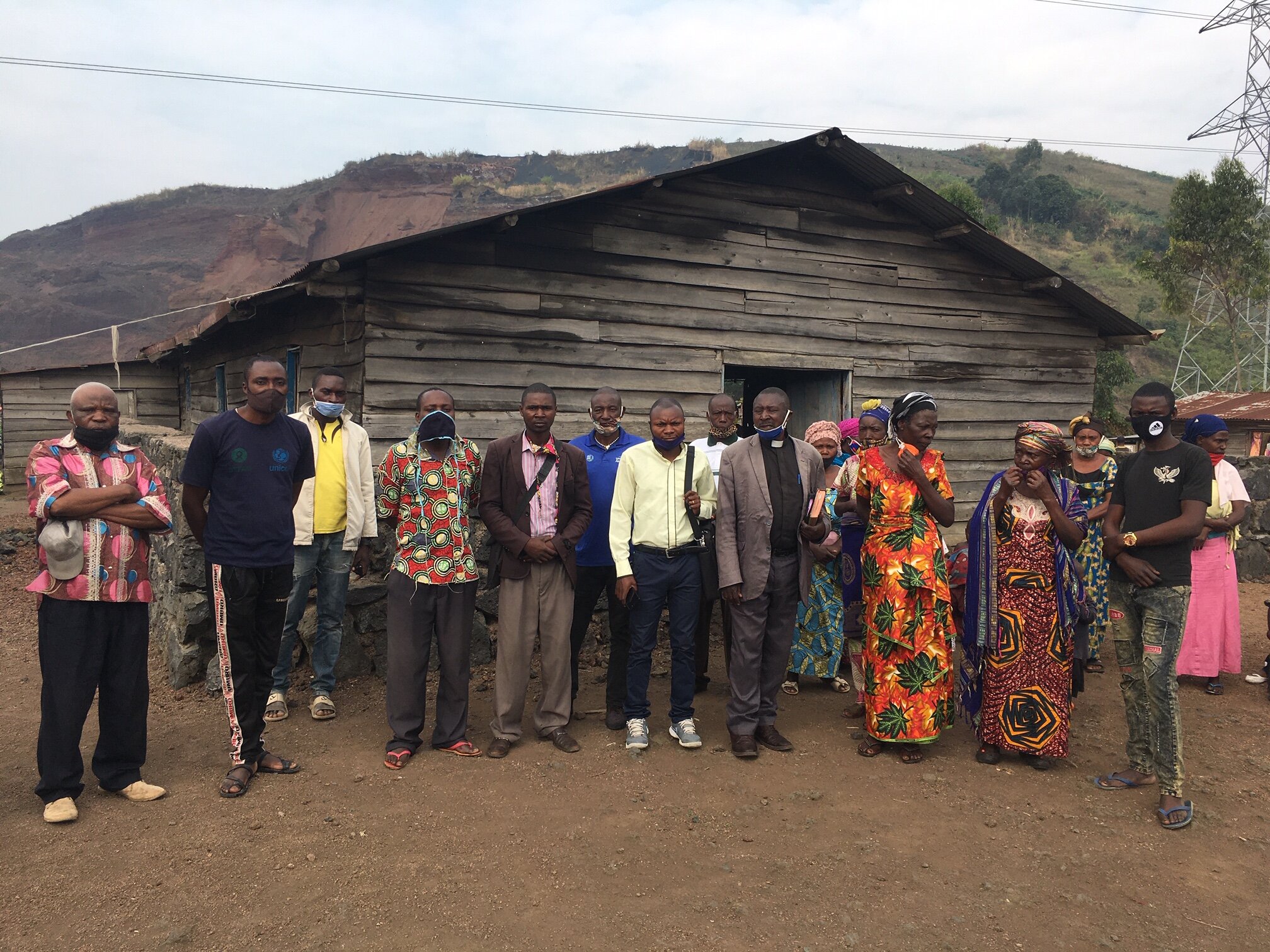A snapshot of the Diocese of Goma
I have finally been able to start with the Diocese of Goma, but under very different circumstances following the death of Bishop Désiré. Archbishop Masimango is the acting bishop and he is coming to Goma in a couple of weeks when all should become a bit clearer in terms both of the election of the next bishop and my role. The Diocese as a whole is huge, with the western archdeaconry taking 2 days to reach by motorbike. My role will inevitably be focused more on the city of Goma.
I went on an eye-opening tour of 8 of the 9 parishes in the city of Goma last week. These 9 parishes stretch across the whole city of 2 million people, with the one I didn’t visit being 30km further north. The Diocese has a vision for growth and church-planting, with 2 or 3 of the parishes in Goma being recent-church plants. One thing I love about the Anglican Church of Congo is that every pastor starts out as an Evangelist, with the mandate to go and plant a church. Then, when there is need, the Evangelists are ordained to lead a church and will also do some more training. The more established parishes have around 200 adult members and loads of children.
What struck me most on my tour was the faith-filled vision of the pastors and evangelists in the face of adversity. The Diocese is poor. The clergy aren’t paid. They are encouraged to get a second job – either teaching in one of the many Anglican schools, or working as school chaplains. But then 18 months ago the government stopped paying school chaplains.
The Diocese relies on congregational offerings to build their churches and pay their clergy. In the two churches I visited on Sundays the regular offerings were $8 and $6.50. These were the ‘city’ churches. On the edges of the city where all of the church members are farmers I suspect it is less. In one of the churches, Holy Trinity, they are laying floor tiles around the altar table. More tiles get laid week by week, depending on congregational giving. It is a slow process.
You can see a variety of Anglican churches below - all already in use, with the Cathedral in pink and a functioning school classroom shown as well
Ngangi, one Anglican parish
St Marc’s, Ngangi, is in the centre of a densely populated area of town, with access along uneven roads formed by volcanic rock from the 1977 eruption of Mount Nyiragongo. Led by Revd Kishaganyi, the church’s land is about 200m x 200m with a church, a primary school and first two years of the secondary school. The primary school has 6 classrooms and 600 pupils who come for either morning and afternoon sessions. There are a few school benches and many children sit on crushed volcanic rock. The secondary school is over-subscribed and the headmaster’s office is a shed tacked on to the side of year 8’s classroom.
But there is a great vision in Ngangi to create a health centre, and move the Anglican University and Institute of Theology there and build student dormitories. At the moment it is unsecured which means it is one of the parishes prone to land seizure or to break ins and the church and the school have both, at times, had furniture stolen. In addition, in the middle of the plot there are caves where gangs can congregate at night.
When I was in the Diocesan office last Friday there was a phone call from Revd Kishaganyi and a visit from another pastor, both saying that people had come and tried to take some of the church’s land by force. This is not uncommon and is why one of the employed roles in the Diocese is a lawyer who was dispatched with the correct legal documents to try to sort out the situation.
16 September 2020






